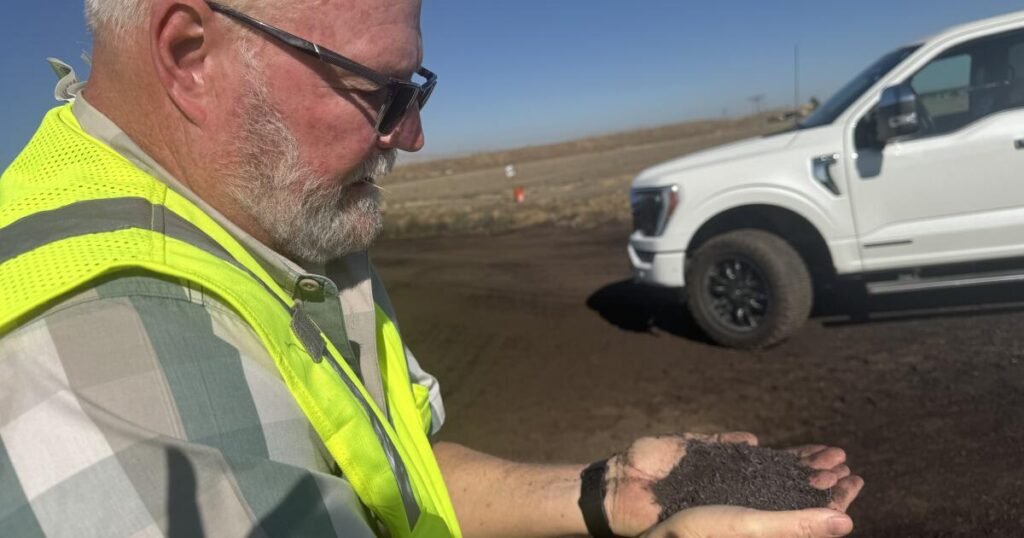California Composting System Under Threat
Greg Pryor started composting food waste in San Francisco back in 1996. Fast forward to today, and he now manages nine large composting facilities across California and Oregon. These sites take in everything from banana peels to chicken bones, transforming them into rich soil that farmers eagerly seek for their crops.
His company, Recology, handles organic waste from various areas, including the Bay Area, Northern California, and parts of Oregon and Washington.
However, Pryor recently voiced concerns that the future of composting is at risk if bioplastic manufacturers continue to produce compostable food packaging. He points to California’s 2021 law, Assembly Bill 1201, which requires products labeled as “compostable” to actually break down into compost without contaminating soil or crops with harmful chemicals.
This law mandates that compostable products comply with the USDA’s National Organic Program, which only allows plant and animal materials, excluding synthetic substances and most packaging materials.
The USDA is currently reviewing these requirements, which could permit items like bioplastic cups and compostable bags to enter the organic waste stream. Amid mounting industry pressure, California’s Department of Recycling has postponed its own regulations for this law, moving the implementation date to January 30, 2027, which was initially set for January 1, 2026.
Pryor worries that if the USDA goes ahead with their ruling, it could lead to the contamination of his compost, which would discourage farmers from using it. He emphasizes that plastics and microplastics can damage vital microorganisms in compost, ultimately threatening crop health.
Interestingly, research into next-gen plastics made from organic materials shows mixed results. While they may sometimes be less harmful, farmers consistently express their reluctance to accept them in compost, fearing it will affect the quality of the end product.
“If you ask farmers if they want plastic mixed into their compost, the answer is a resounding no,” he said.
This creates a precarious situation for these next-gen manufacturers. Federal regulations that promote “compostable” packaging, like bags made from corn and sugarcane, could threaten their business as California shifts toward a waste management system requiring that all single-use plastic products sold in the state be recyclable or compostable by 2032.
Should these companies get excluded from this market, they fear they will be deprived of a significant business opportunity, especially since their products are designed to be biodegradable alternatives to traditional plastics.
“Moving forward, we’re left searching for effective packaging solutions,” remarked Alex Truelove from the Biodegradable Product Institute, which advocates for compostable materials.
As the conversation continues around packaging and sustainability, some worry that pushing bioplastics into composting could dilute the benefits of composting, shifting it from a practice for enhancing soil health to merely a waste management strategy.
Pryor notes that the food waste received at his facilities increasingly consists of plastics, with much of it coming from disposable items like coffee cups and food containers. This contamination has remained consistent over his 30 years in the industry. “The only change has been the influx of plastic,” he observed.
He warns that if USDA and CalRecycle allow these next-gen materials into the compost stream, the problem could only worsen.
In sum, navigating the complex dynamics of composting, packaging, and environmental health is proving to be quite a challenge. Farmers and compost facility operators alike hope for a more coherent approach that prioritizes soil health over convenience, ensuring that the benefits of composting can be fully realized without compromising the integrity of the process.







